- Home
- Liberal Arts
- Departments
- Anthropology
- Student Resources
- Graduate
- Archaeology Labs
- New England African American Archaeology Lab
Menu
- Academics
- Departments
- Africana Studies
- American Studies
- Anthropology
- Applied Linguistics
- Art & Art History
- Asian Studies
- Classics & Religious Studies
- Communication
- Economics
- English
- History
- Latin American & Iberian Studies
- Latino Studies
- Modern Languages, Literatures & Cultures
- Native American & Indigenous Studies
- Performing Arts
- Philosophy
- Political Science
- Psychology
- Sociology
- Women’s, Gender & Sexuality Studies
- Faculty & Staff
- Student Resources
- Research & Centers
- Dean's Office
New England African American Archaeology Lab
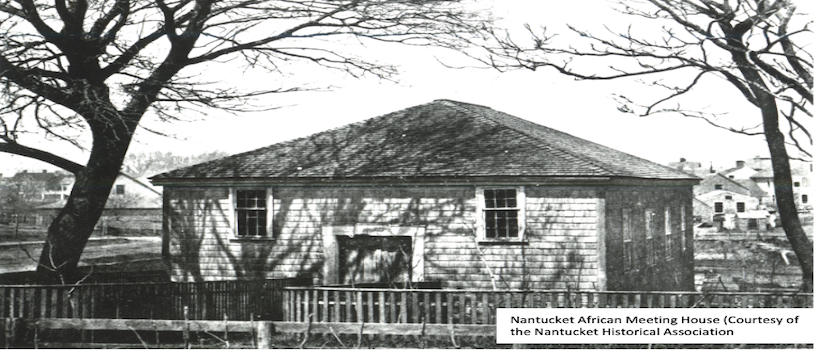
New England African American Archaeology Lab
The New England African American Archaeology Laboratory (NEAAAL) is dedicated to fully telling the story of Black life in New England through archaeological research. We aim to increase the visibility of Black people in the past by providing UMass Boston Anthropology students with academic training in the archaeological study of the African Diaspora and hands-on experience with the curation of archaeological collections that document the presence and history of free Black communities in Massachusetts during the nineteenth and early twentieth centuries. It is the intent of the lab to be ethical stewards to any collections we house, prioritizing their safety, organization, and research potential, aligned with the Anthropology department’s mission to foster learning that nurtures collective obligation to cultural and historical stewardship.
Table of ContentsPeopleCollectionsCurrent ProjectsPublications |
People
Director
Dr. Nedra Lee, Associate Professor, Anthropology Department
Graduate Students and Research Assistants
Current Students
- Laura Paisley
- Kristen M. Delatour
- Caitriona Parke
Alumni
- Erica Lang (2023)
- Sean Fairweather (2023)
- John Crawmer (2023)
- Lissa Herzing (2022)
- Dania Jordan (2021)
- Jared Meuhlbauer (2021)
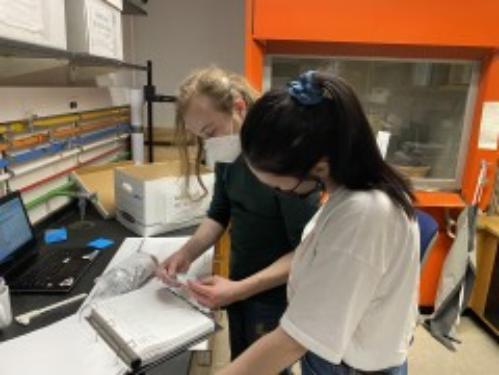
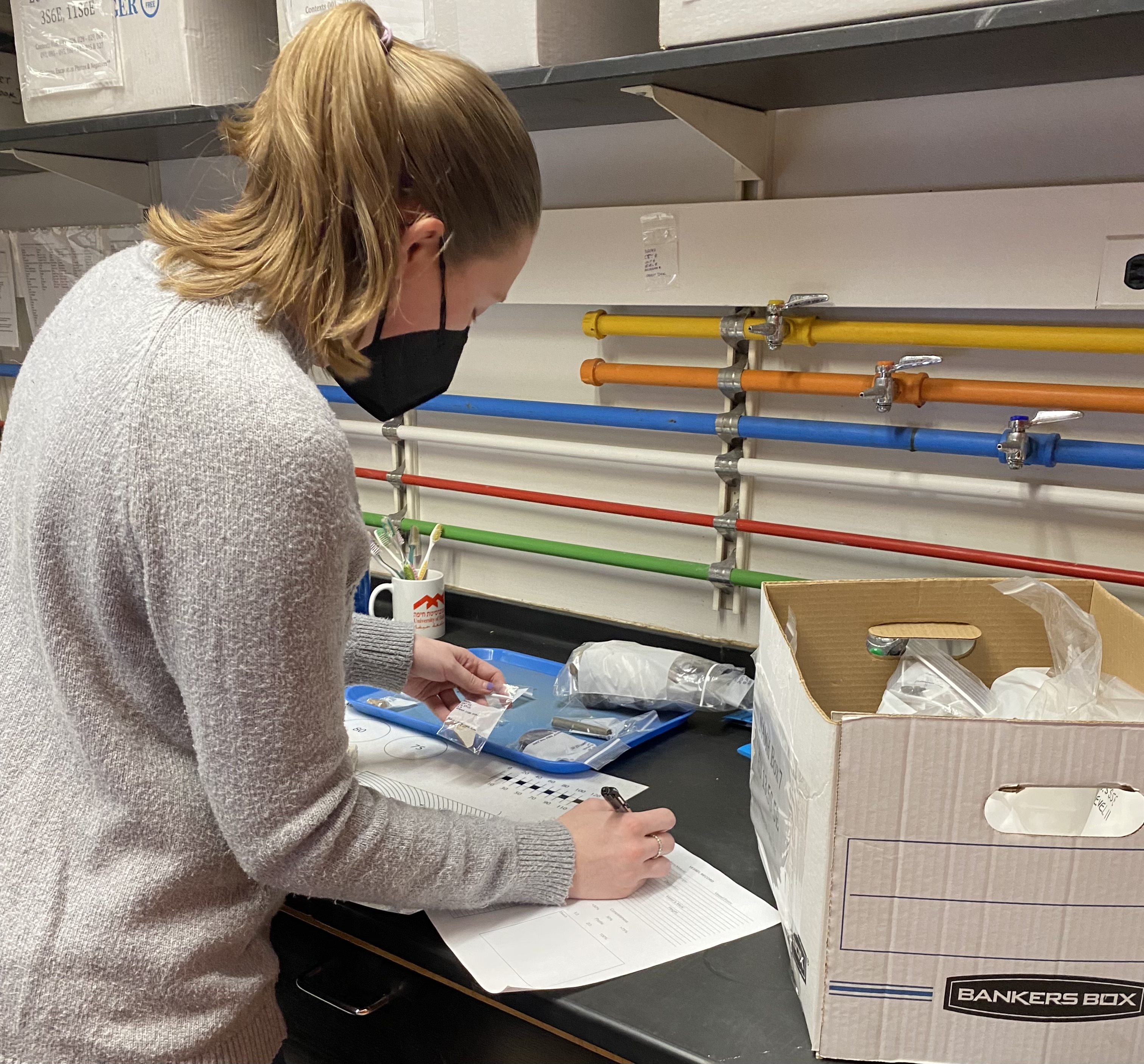
.jpeg)
Collections
NEAAAL houses the archaeological collections and associated records from the Boston African Meeting House, the Nantucket African Meeting House, and the nearby Seneca Boston-Florence Higginbotham House, all of which owned are by the Museum of African American History (MAAH). Through the reanalysis of archaeological materials in these collections, NEAAAL conducts research that illuminates the past activities and contributions of African Americans who worked to overcome race-based inequality to obtain political and economic parity.
The management and study of these assemblages is the result of a partnership between UMass Boston Andrew Fiske Memorial Center for Archaeological Research and the MAAH. This relationship began in 2005 when the museum contracted with Dr. David Landon and the Center to conduct excavations at the Boston African Meeting House and has since grown for almost two decades, recently culminating with Landon’s supervision of data recovery efforts at the Boston-Higginbotham House in 2008 and 2014.
Dr. Nedra Lee created NEAAAL in 2018 following her acquisition of artifacts recovered during excavations of the Nantucket African Meeting House in 1993 and 1996 by Boston University. Under her leadership, she has expanded the lab’s research goals to include the spatial and demographic reconstruction of the island’s earliest free Black community, New Guinea. Furthermore, in helping to carry out the Fiske Center’s side of this partnership, she supervises Master’s Theses about these three sites.
Boston African Meeting House
The Boston African Meeting House was built in 1806 by free Black artisans and served as a cultural, educational, and political gathering ground for the free Black community on Beacon Hill. The Meeting House was home to the African Baptist Church of Boston and the African School before it moved into the adjacent Abiel Smith School building in 1835. Abolitionists such as Maria Stewart, Frederick Douglass, and William Lloyd Garrison were also frequent visitors to the Meeting House.
The artifacts maintained at NEAAAL were recovered during the Fiske Center’s 2005 excavations of the backlot of the African Meeting House. Objects include architectural materials, which shed light on the African Meeting House’s physical appearance during the 19th century, as well as ceramics, seeds, and animal bones which have highlighted the entrepreneurial activities of several African American members of the Beacon Hill community.
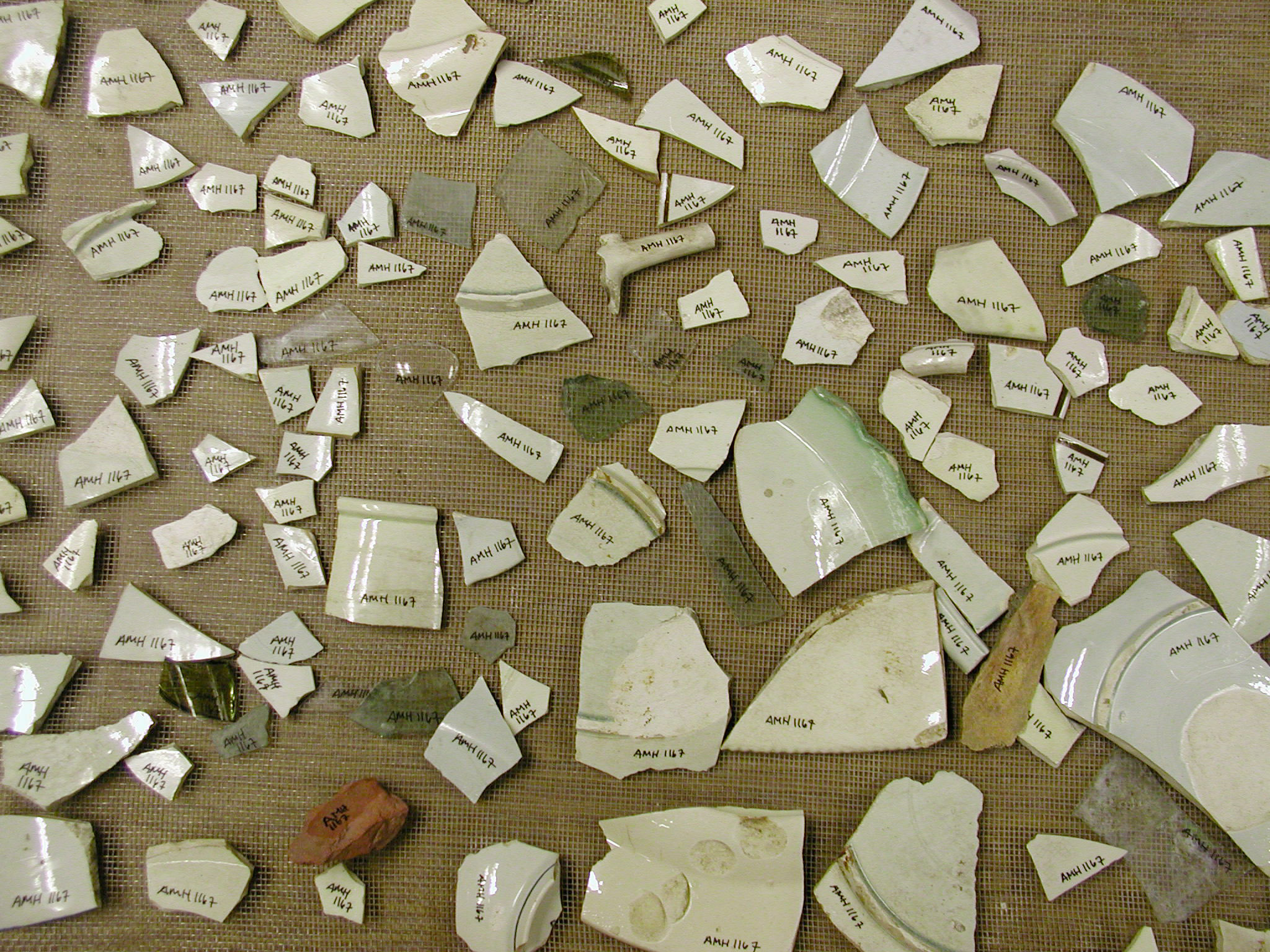
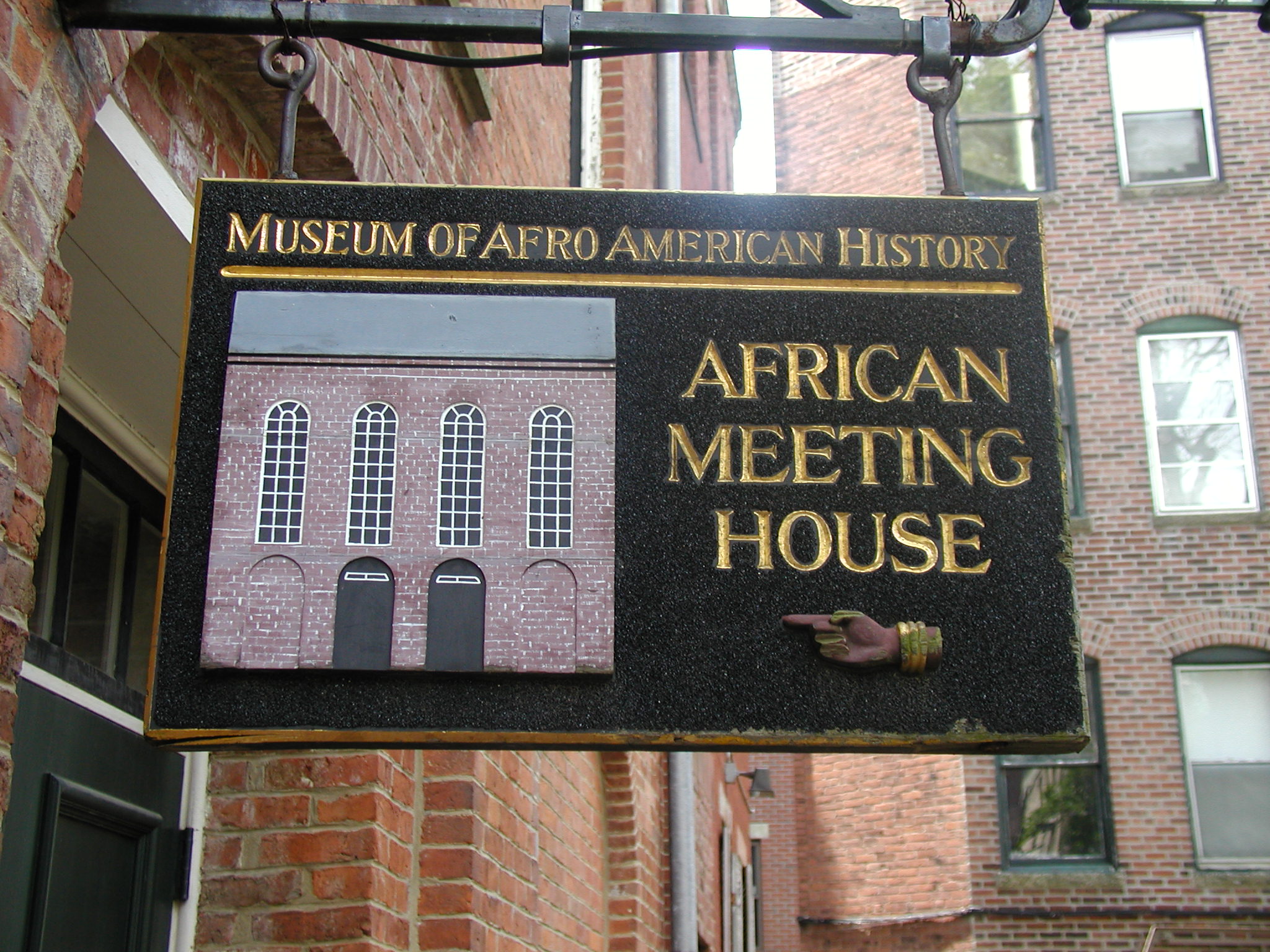
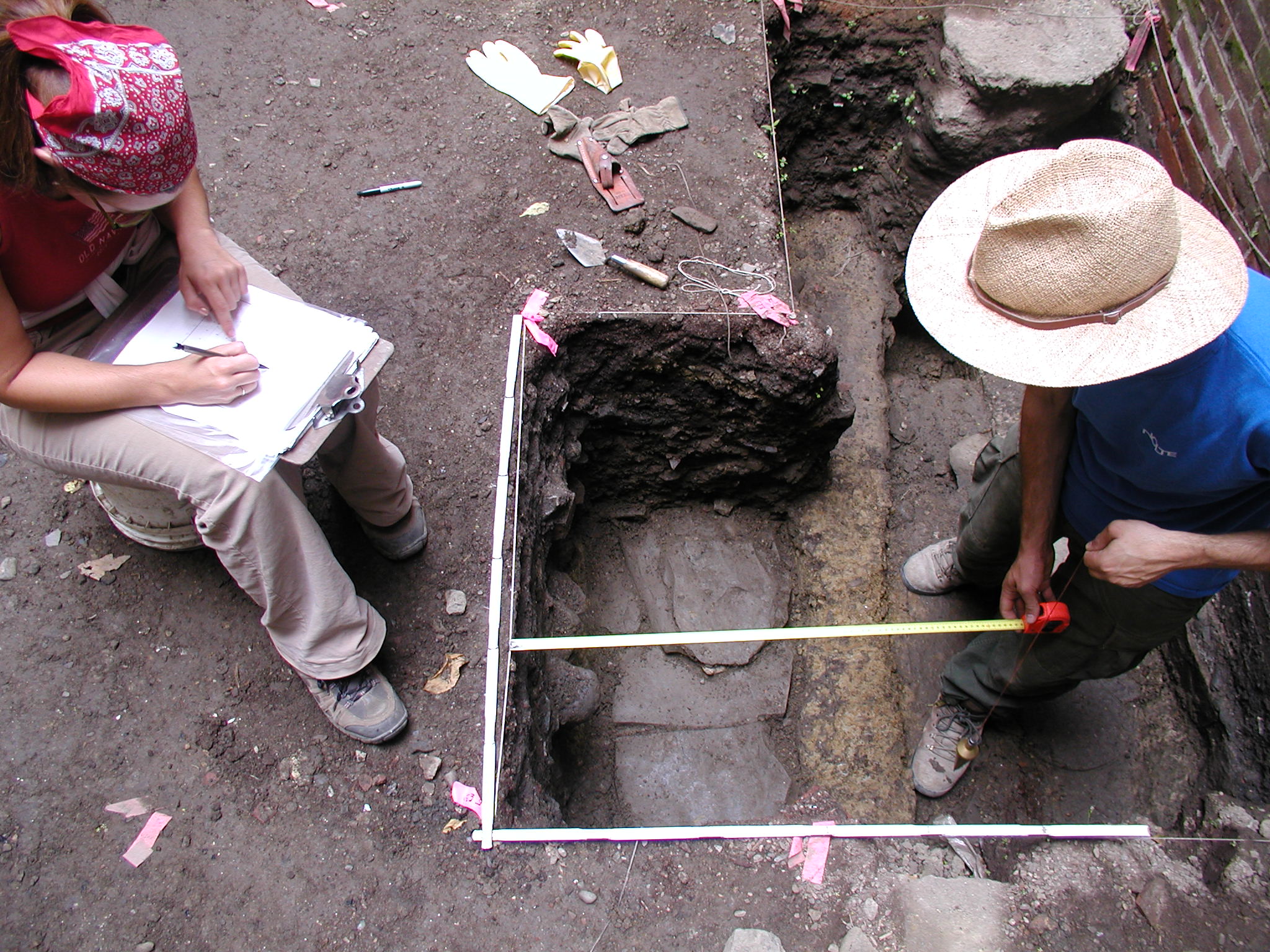
FIELD PHOTOS FROM THE 2005 EXCAVATIONS AT THE BOSTON AFRICAN MEETING HOUSE
Seneca Boston-Florence Higginbotham House
The Seneca Boston-Florence Higginbotham celebrates approximately 200 years of Black history on Nantucket Island. Named for the property’s former owners, the historic home along with the neighboring Nantucket African Meeting House mark the location of New Guinea, the island’s earliest free Black community. In 1774, Seneca Boston, a Black weaver, purchased the land where this home sits. Boston bought this property two years after he was manumitted from slavery and resided here with his wife Thankful Micah, a Wampanoag woman, and their six children. The Bostons were part of a large and rather prosperous family, comprised of landowners and mariners. While Seneca’s son, Absalom, gained prominence for serving as captain of a whaling vessel staffed with an all-Black crew, subsequent generations of the Boston family owned and resided at this residence for approximately 126 years and contributed to the growth of the New Guinea community. Following the decline of the island’s whaling industry, an African American woman named Florence Higginbotham purchased this property in 1920 and later the nearby African Meeting House, which led to the preservation of these two landmarks of local Black history. More than 30,000 artifacts were uncovered during the archaeological excavations conducted in 2008 and 2014, which document the lives of these two prominent Black families.
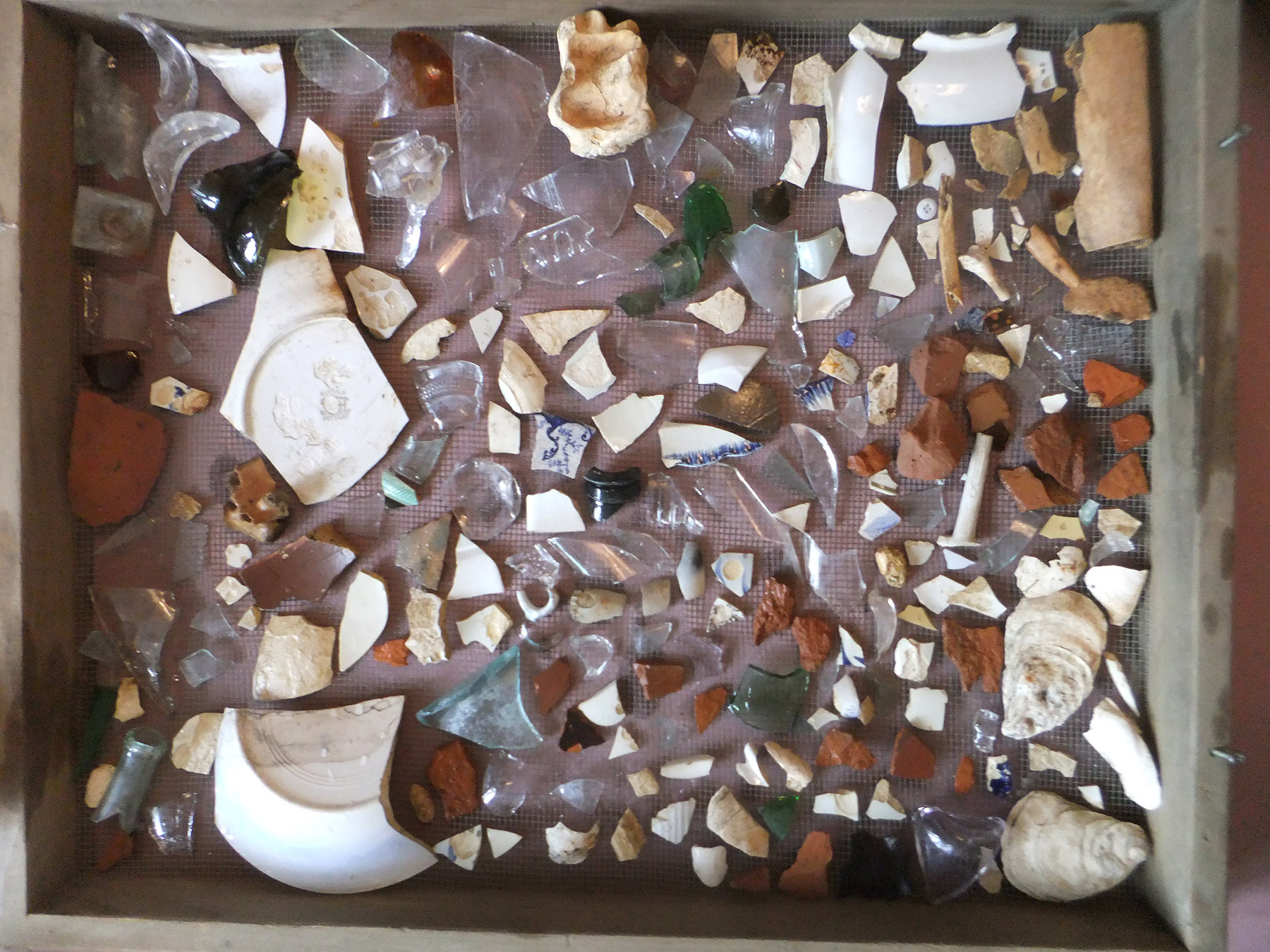
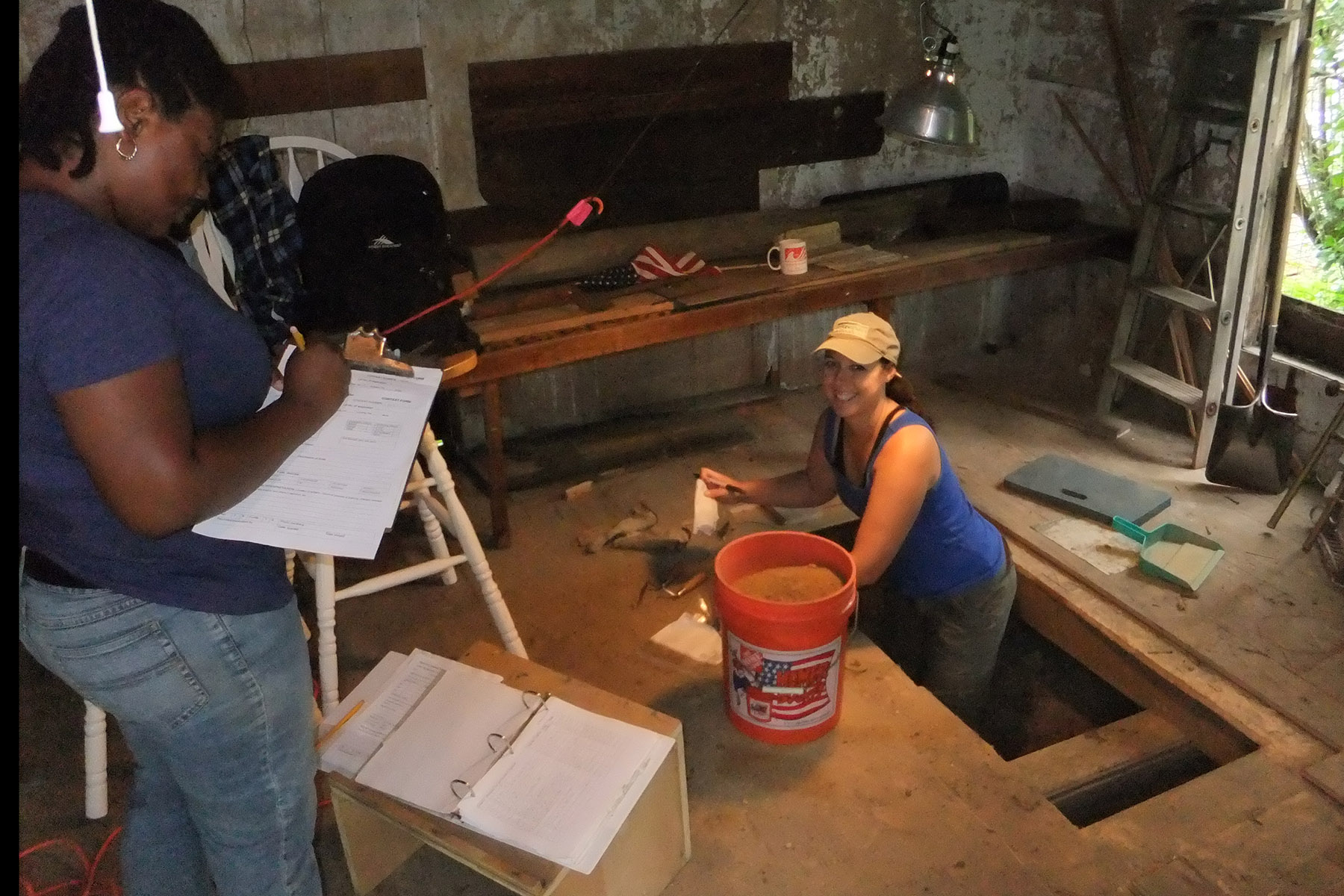
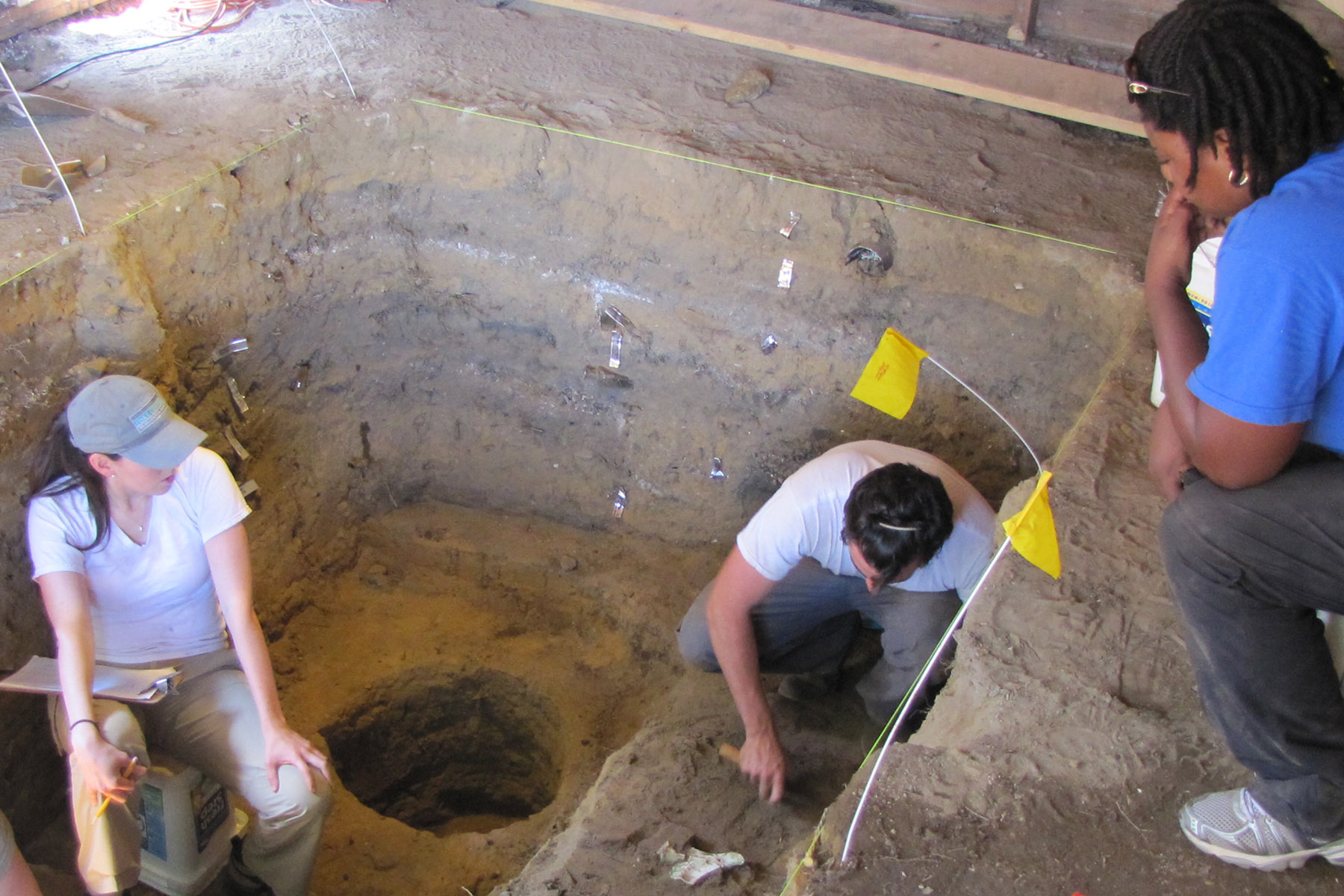
.jpeg)
FIELD PHOTOS FROM THE 2014 EXCAVATIONS AT THE BOSTON-HIGGINBOTHAM HOUSE
Nantucket African Meeting House
The care of the Nantucket African Meeting House collection was conveyed to the NEAAAL in 2018. The site was excavated by archaeologists from Boston University under the direction of the late Dr. Mary Beaudry and Ellen Berkland in 1993 and 1996. Constructed in the 1820s as the African Baptist Society Meeting House, the property served as a church and community center for the New Guinea community until the final decade of the 19th-century. The excavations of the site documented several phases of architectural and landscape changes at the African Meeting House. Archaeologists also uncovered several educational items such as writing utensils that were associated with the use of the property as a school for Black and other non-White children.
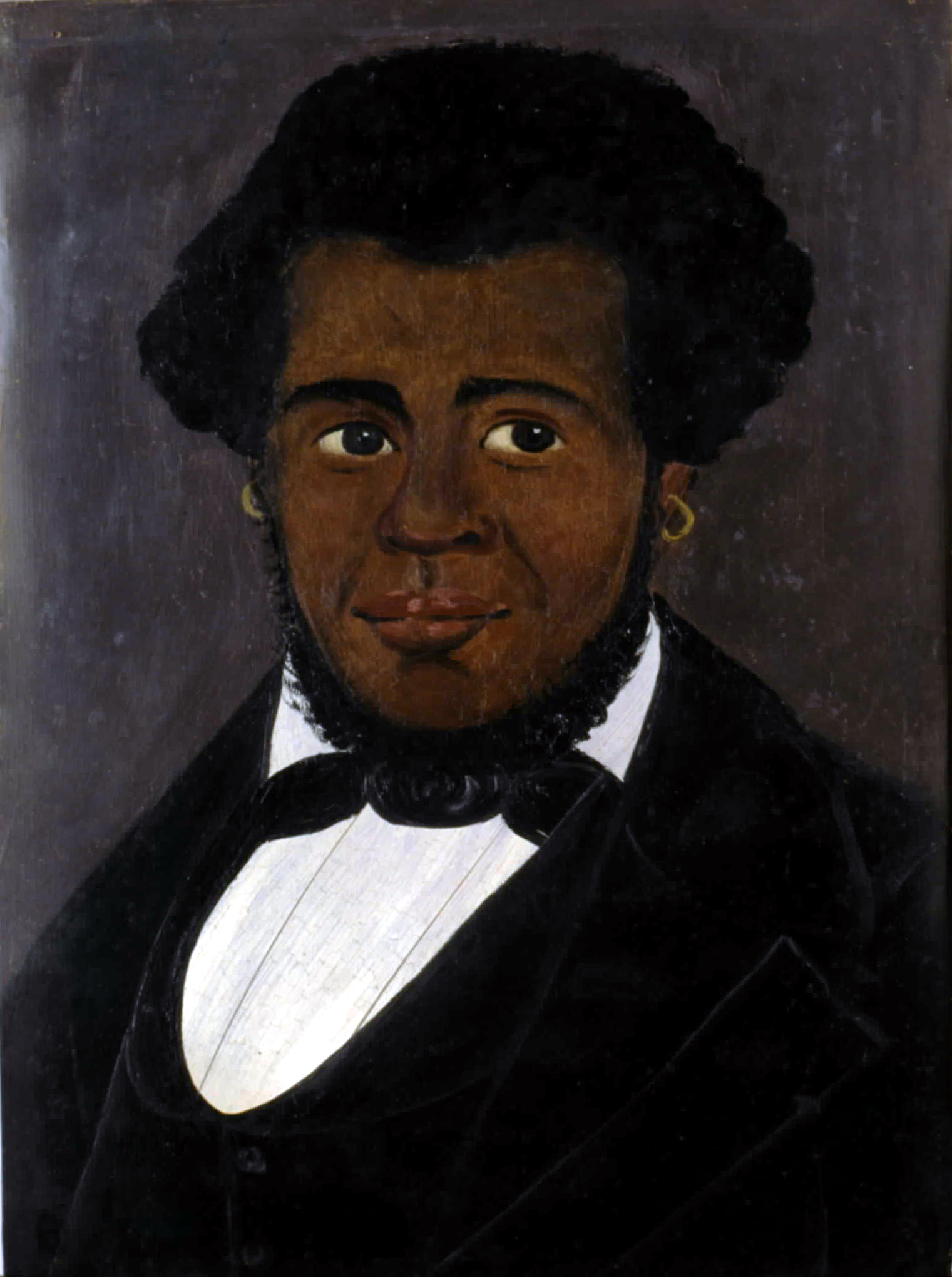
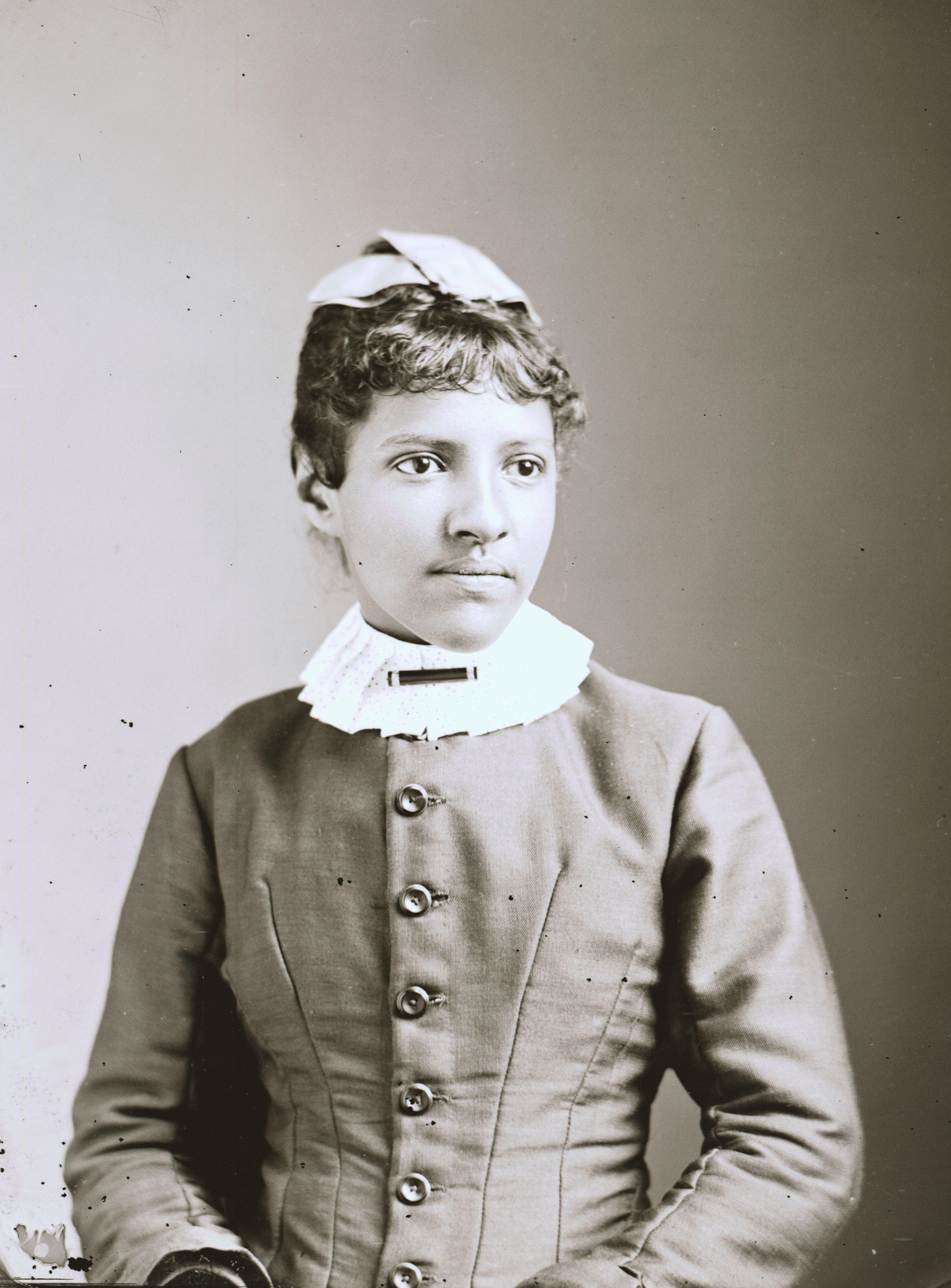
.jpeg)
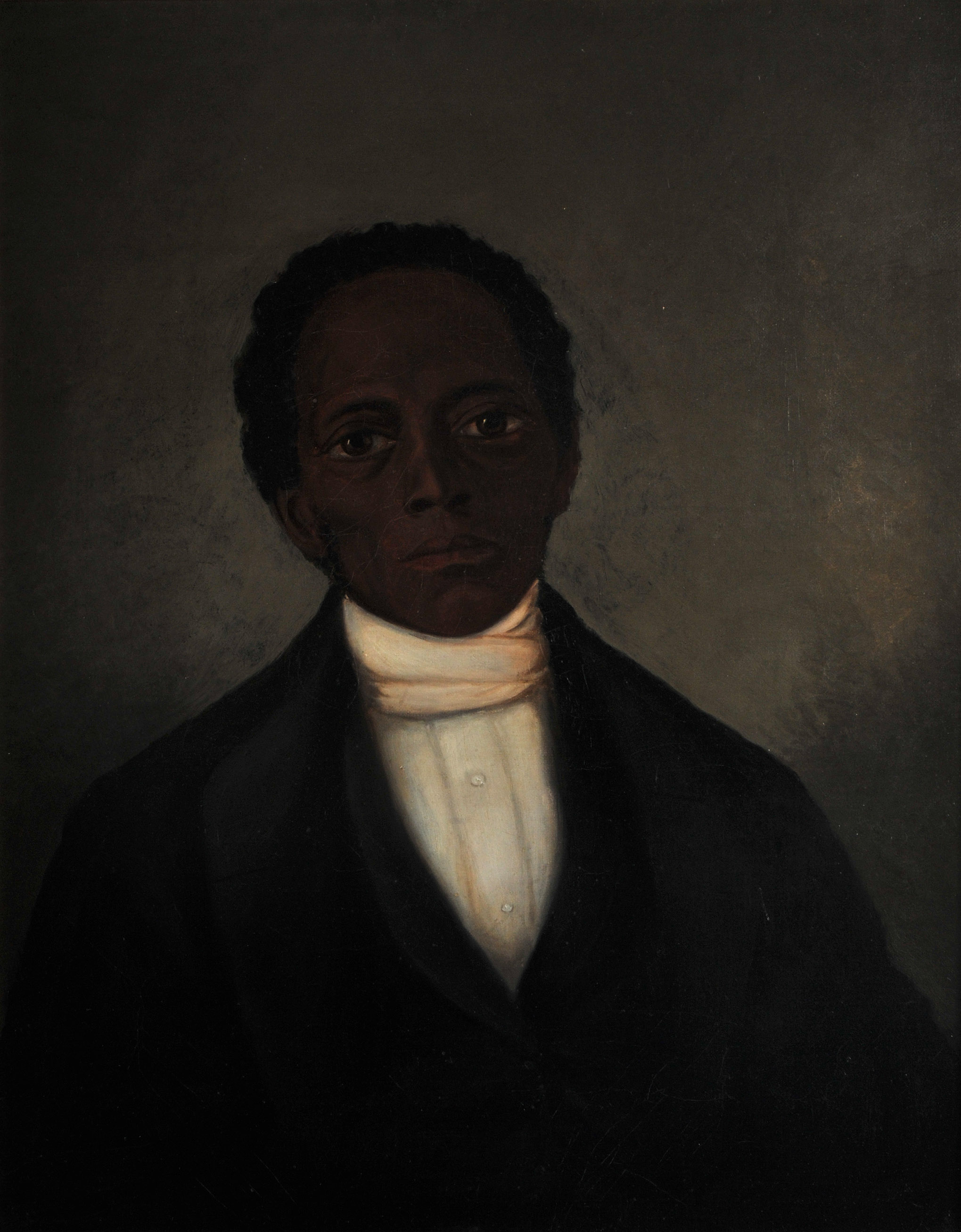
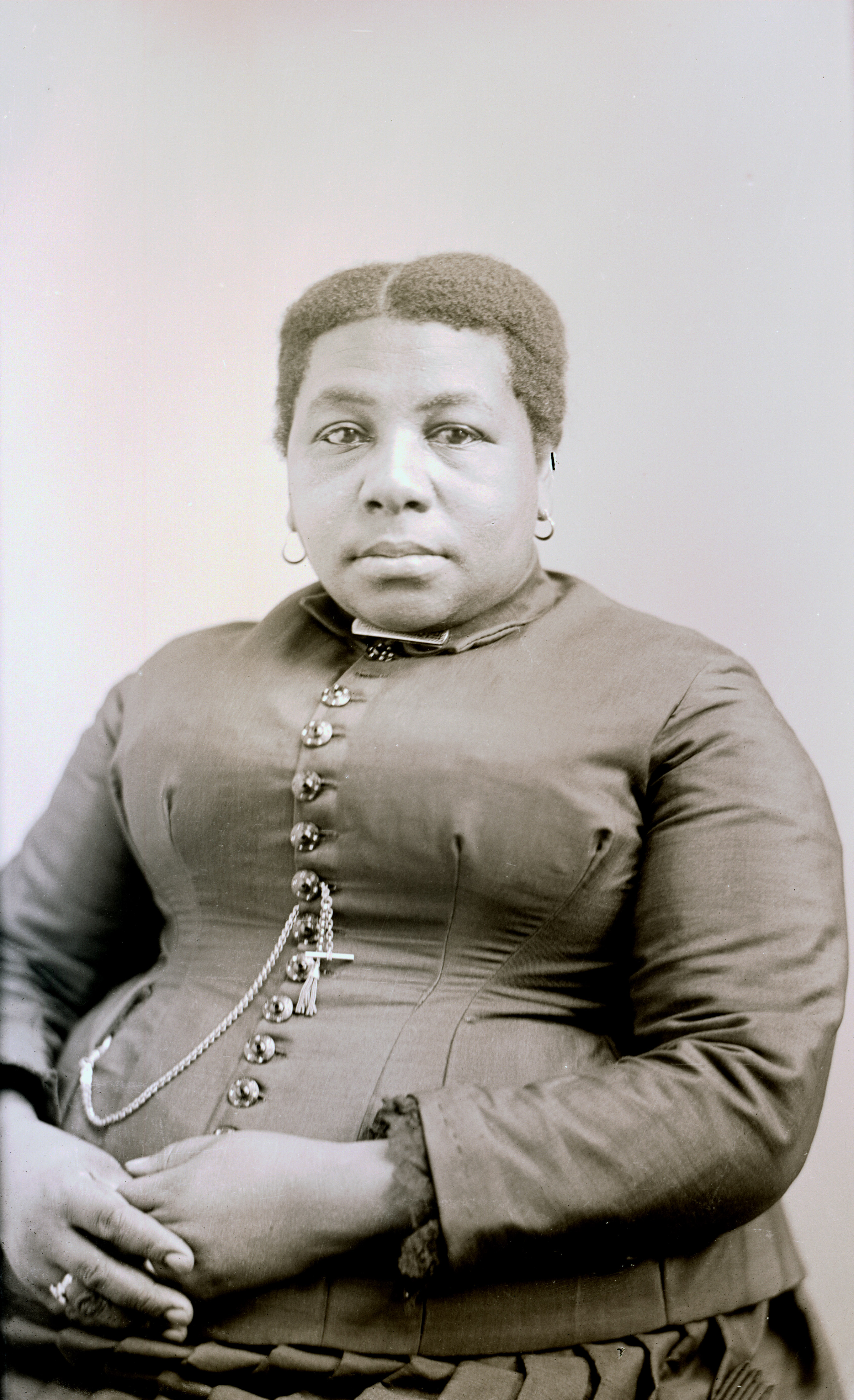
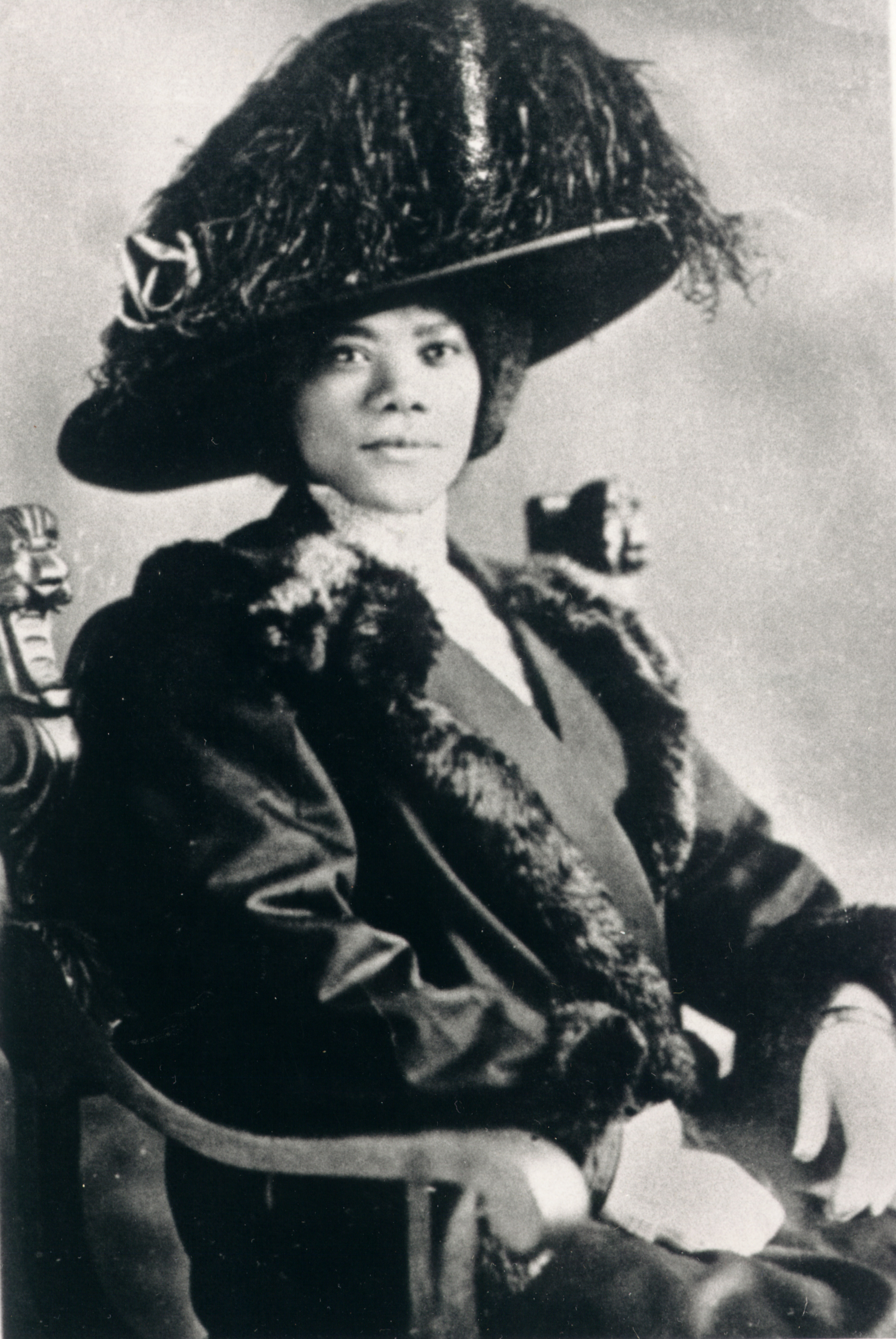
PROMINENT NEW GUINEA COMMUNITY MEMBERS
Current Projects
Nantucket Story Map: Beginning in the 2019 fall semester, NEAAAL graduate research assistants have worked to create an interactive Story Map using Esri GIS online software to illustrate the history of the Nantucket African descended community. The Story Map will incorporate the archaeological and documentary source research that has been done by professional and graduate student archaeologists affiliated with the Fiske Center for Archaeological Research.
Nantucket Database: As a part of continuing research on the New Guinea community on Nantucket, NEAAAL is creating a relational database that will identify every resident of the neighborhood from its rise in the late 18th century to its decline in the late 19th following the collapse of the whaling industry. The database chiefly draws from census and deed records and will facilitate analysis of the demographics of the community of New Guinea as well as yield valuable information about labor, trends in land ownership, participation in commercial activities, and other social institutions. This project is being conducted with members of the Fiske Center’s Digital Archaeology Laboratory under the guidance of Dr. John Steinberg and Dr. Douglas Bolender.
Theses and Publications
- NEAAAL Theses
- Peer-Reviewed Articles and Book Chapters
Bulger, Teresa Dujnic. 2011 Personalising the past: heritage work at the Museum of African American History, Nantucket. International Journal of Heritage Studies 17(2):136-152.
Bulger, Teresa Dujnic. 2015 “The Character of a Woman:” Womanhood and Race in Nineteenth-Century Nantucket. In The Archaeology of Race in the Northeast, Christopher N. Matthews and Allison Manfra McGovern, editors, pp. 98-117. University Press of Florida.
Cacchione, Victoria A. 2019 Public Face and Private Life: Identity through Ceramics at the Boston-Higginbotham House on Nantucket. Journal of African Diaspora Archaeology and Heritage 8(1-2):57-77.
Landon, David B. 2018 Turtle Feasts and the Commensal Politics of Food: Teasing Out the Flavors of African-American Foodways in New England. Journal of African Diaspora Archaeology and Heritage 7(3): 243–264.
Landon, David B. and Teresa D. Bulger. 2013 Constructing Community: Experiences of Identity, Economic Opportunity, and Institution Building at Boston’s African Meeting House. International Journal of Historical Archaeology 17(1):119-142.
Lee, Nedra K. 2019 Boarding: Black Women in Nantucket Generating Income and Building Community. Transforming Anthropology 27(2): 91-104.
| Links to Partners |
|
NEAAAL is located in McCormack Hall (M2-527)
Questions? Email Dr. Nedra Lee at nedra.lee@umb.edu
BACK TO TOP
Tools & Resources
- Academic Advising
- Academic Calendar
- Academic Policies
- Academic Support
- Blackboard
- Bookstore
- Bursar
- Career Services & Internships
- Course Catalog
- Healey Library
- Honors College
- Registrar
- Scholarships
- Study Abroad